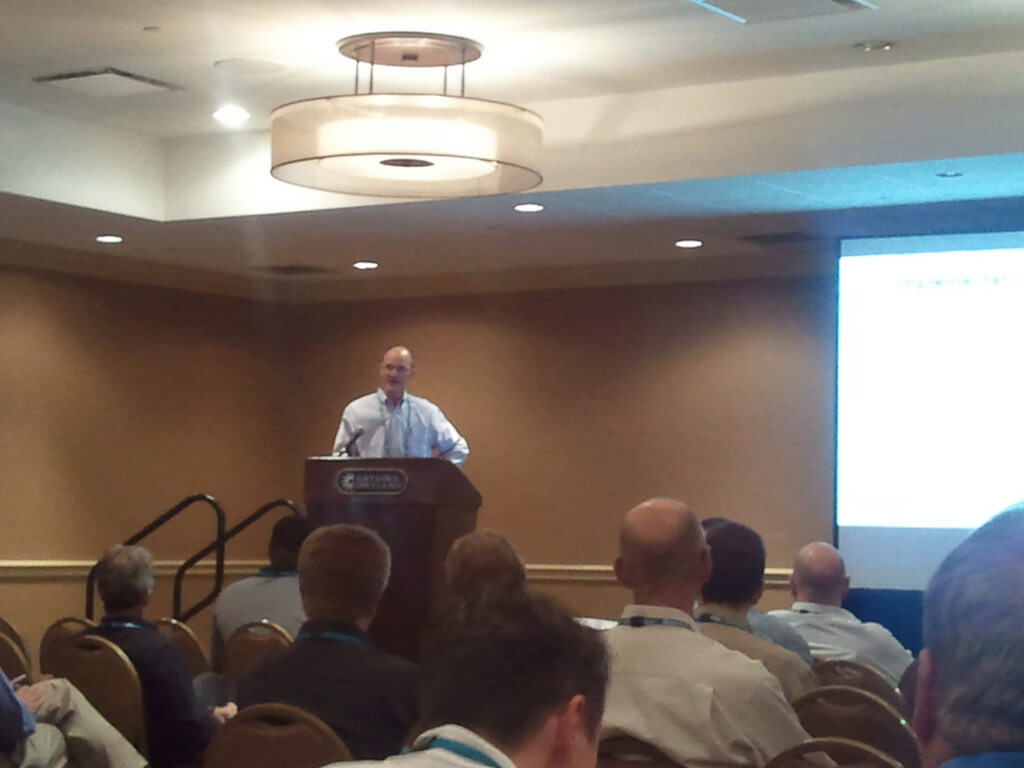The abstract of the workshop, Wireless Field Networks are Secure, is:
Savannah River Nuclear Solutions (SRNS) required more than economic justification for wireless implementation in their plant. An intense three day test of wireless hardware integrated into AMS and DeltaV was completed. Security, reliability and ease of use were evaluated. Government cyber security experts monitored wireless communications, but no issues were found.
Savannah River Nuclear Solutions’ Milton Sanders and R. E. Mason Company’s Carl Price discussed the test process to fully vet the security build into the IEC 62591 WirelessHART communications technology.
The test included 3 gateways, 21 portable wireless devices and WirelessHART THUMs. Some of the tests included distance between devices, adding obstructions between devices, and using wireless radio devices to try to create interference. The test team from Oak Ridge National Laboratories also used network “sniffing” tools to attempt to hack into the network.
In an earlier post, Coexistence and Diversity Techniques for Reliable Wireless, I shared the number of wireless diversity techniques to establish secure, reliable communications between the wireless devices as they create the wireless field network
 Carl described how the encrypted communication keys are added as devices are commissioned and joined to the wireless field network. He showed the steps required using a DeltaV system and AMS Device Manager to add the devices and make their information available to operators and plant personnel.
Carl described how the encrypted communication keys are added as devices are commissioned and joined to the wireless field network. He showed the steps required using a DeltaV system and AMS Device Manager to add the devices and make their information available to operators and plant personnel.
Milton shared some of the lessons learned from the test efforts. First lesson is that two channels are required per THUM device in the gateway. The formation of a wireless mesh requires some patience—it can take several minutes. Enabling “active advertising” in the Wireless gateway can help. Battery life is a function of sensor type, communications burst rate, communicating neighbor devices, and communication pinch points. Remain watchful of your naming convention—have it make sense from the device, through the AMS Device Manager, into the DeltaV system.




